The Bestiary
oryginal tittle: “Bestiariusz”
Pracownia Wschodnia, Warsaw, 2023
Curator:
Paweł Brylski
Photo:
Paulina Mirowska
Sculpture:
Shade (2021)
220 x 230 x 210 cm
Mixed media – jute bank bags, natural furs
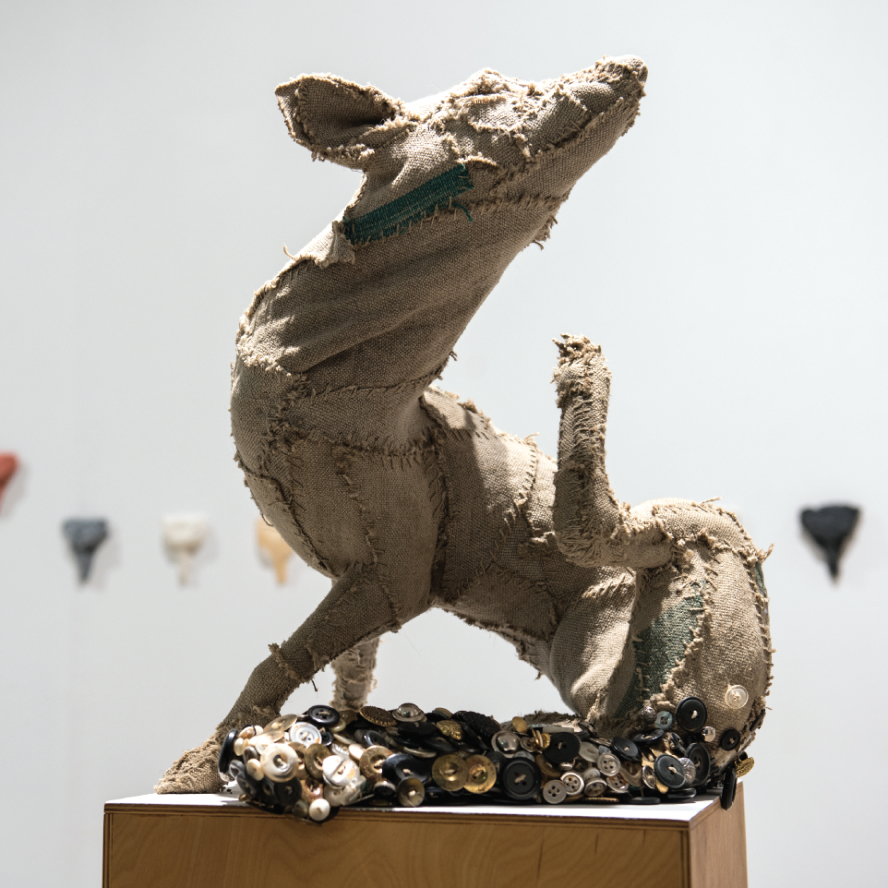
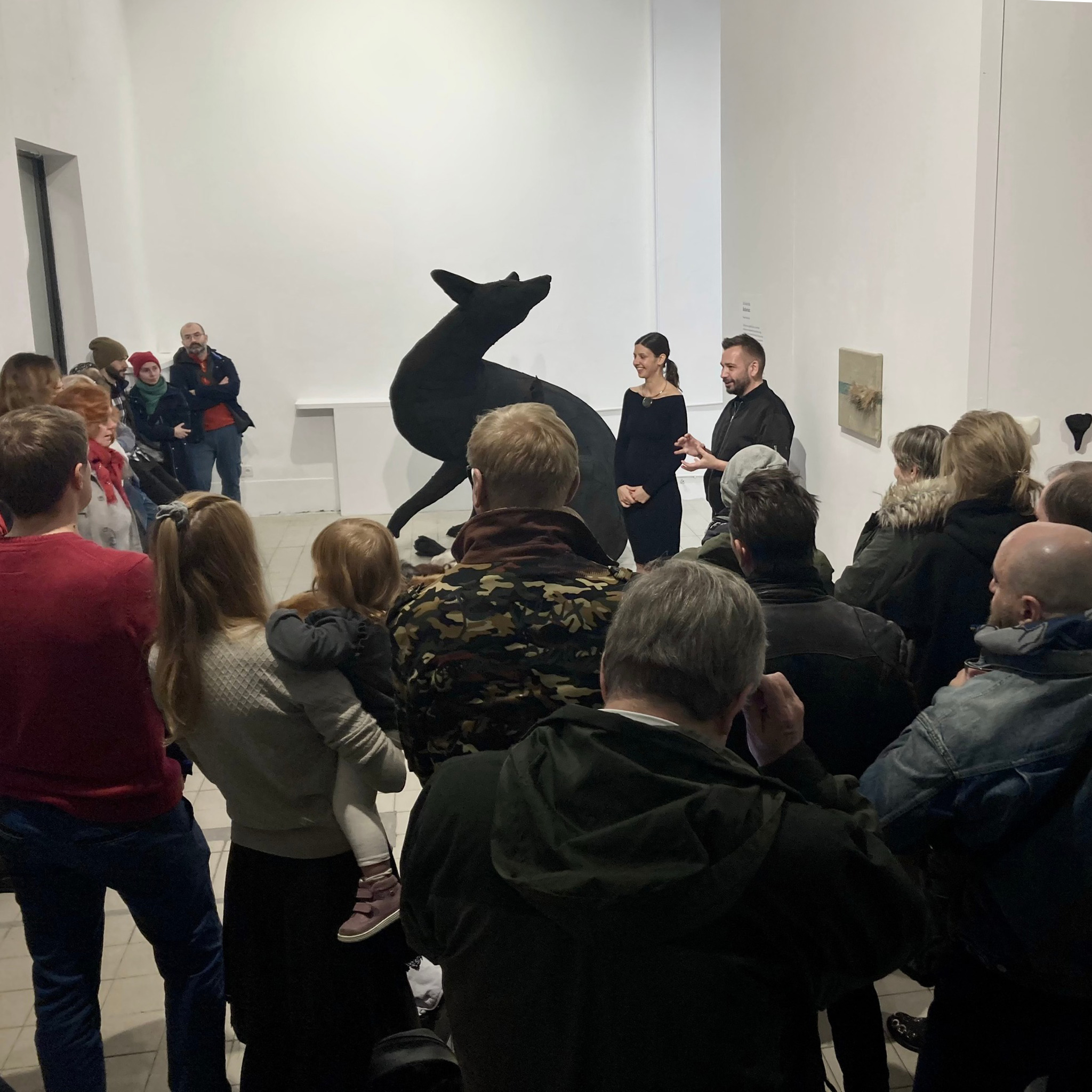
The Day without Fur, celebrated in Poland since 1994, is approaching. On November 25, the bestial practice of fur farming is pointed out with particular intensity. This year, the event is accompanied by a special art exhibition – „The Bestiary” by Ida Karkoszka, whose sculptures were created using participatively collected furs.
People brought furs with which they had nothing to do. Found in closets, red tails were often an unwanted inheritance from ancestors. The artist, in cooperation with the Otwarte Klatki (Open Cages) Association, carried out an action in places related to art: at the Academy of Fine Arts, the Museum of Modern Art in Warsaw and the Nowy Theatre. From the beginning, it was more than a collection of clothes. The fox's tail was made of fur, a sculpture sewn from black-dyed canvas bags. The work has been shown so far at the Center of Polish Sculpture in Orońsko. Until November 27, it can be seen for the first time in Warsaw.
Paweł Brylski

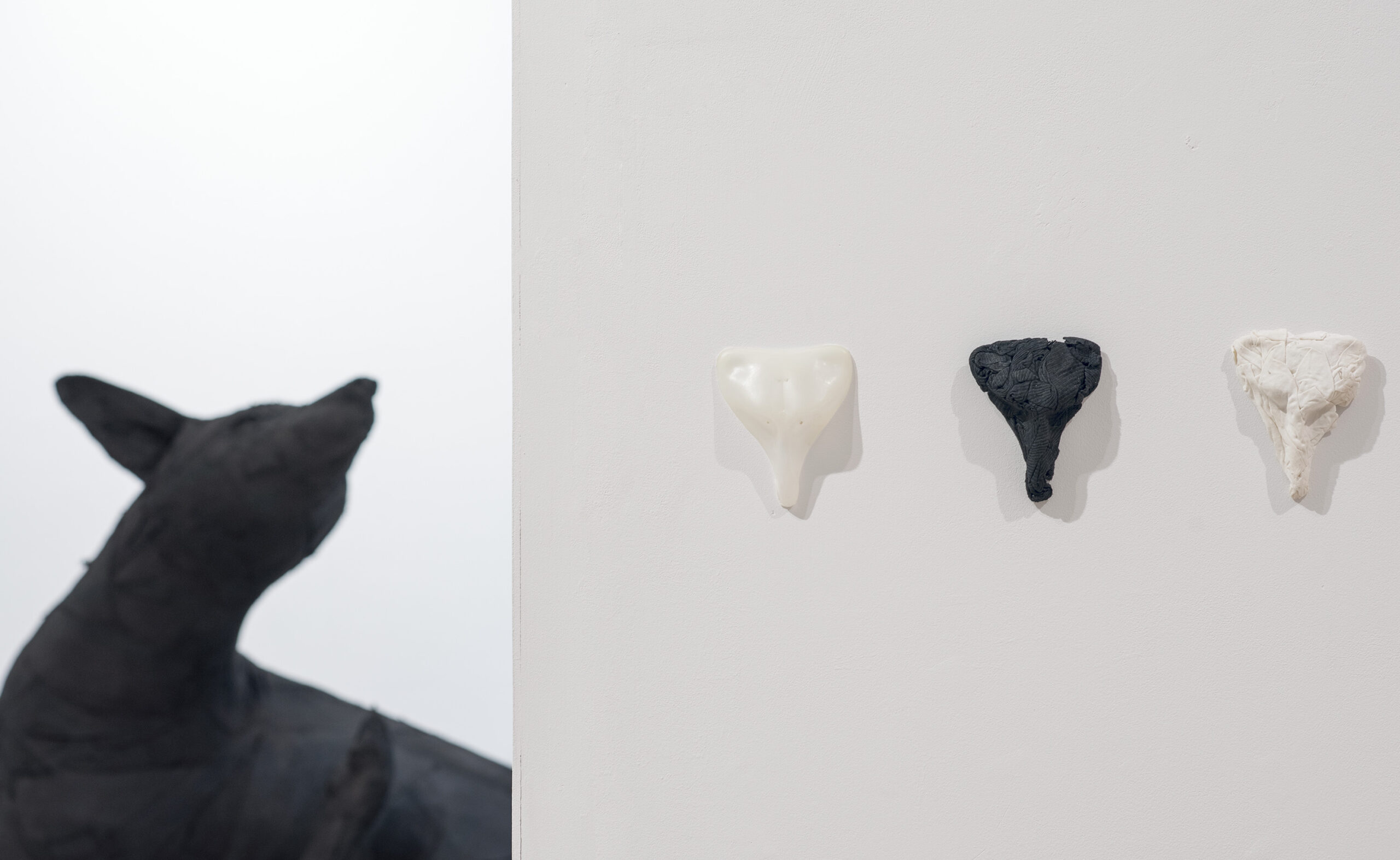
If it wasn't for the tail, it would look like a dog
It is captured in motion as it scratches its back. He seems as if nothing threatens him. It looks alive. In medieval bestiaries, in which animals filtered through imagination and moral interpretation were told, the fox was an intelligent and cunning animal. Before hunting, he would roll in the red mud and lay motionless, which made him appear dead to the birds that flocked to him. It was supposed to be a metaphor for hidden, lurking evil. The impression of vitality of a dynamic sculpture, but also of stuffed animals, collides with deadness and emptiness. Ida Karkoszka's work asking ultimate questions and draws attention to a real problem. There are still farms of animals brutally killed just because a dead animal seems to someone a good decoration of the wardrobe or a sign of material status.
At the exhibition, you can see an over two-meter sculpture of a fox and new works that were created for the show. A special gesture of the artist was to fix the forms of fox heads used to stuff fur in the fabric. In the European tradition, taking off the face in a shroud is a gesture of devotion and care. At the same time, creating masks, Ida Karkoszka transfers the ghastly props of the fur industry into the sphere of art and abstraction. From them, she creates sculptural compositions that open up a broad theme of the presence of masks in culture. The mask covers individual responsibility, creates illusions, is an element of the game of appearances that the exhibition is part of – hidden life under the guise of death in medieval bestiaries and hidden death in the semblance of life of stuffed animals.

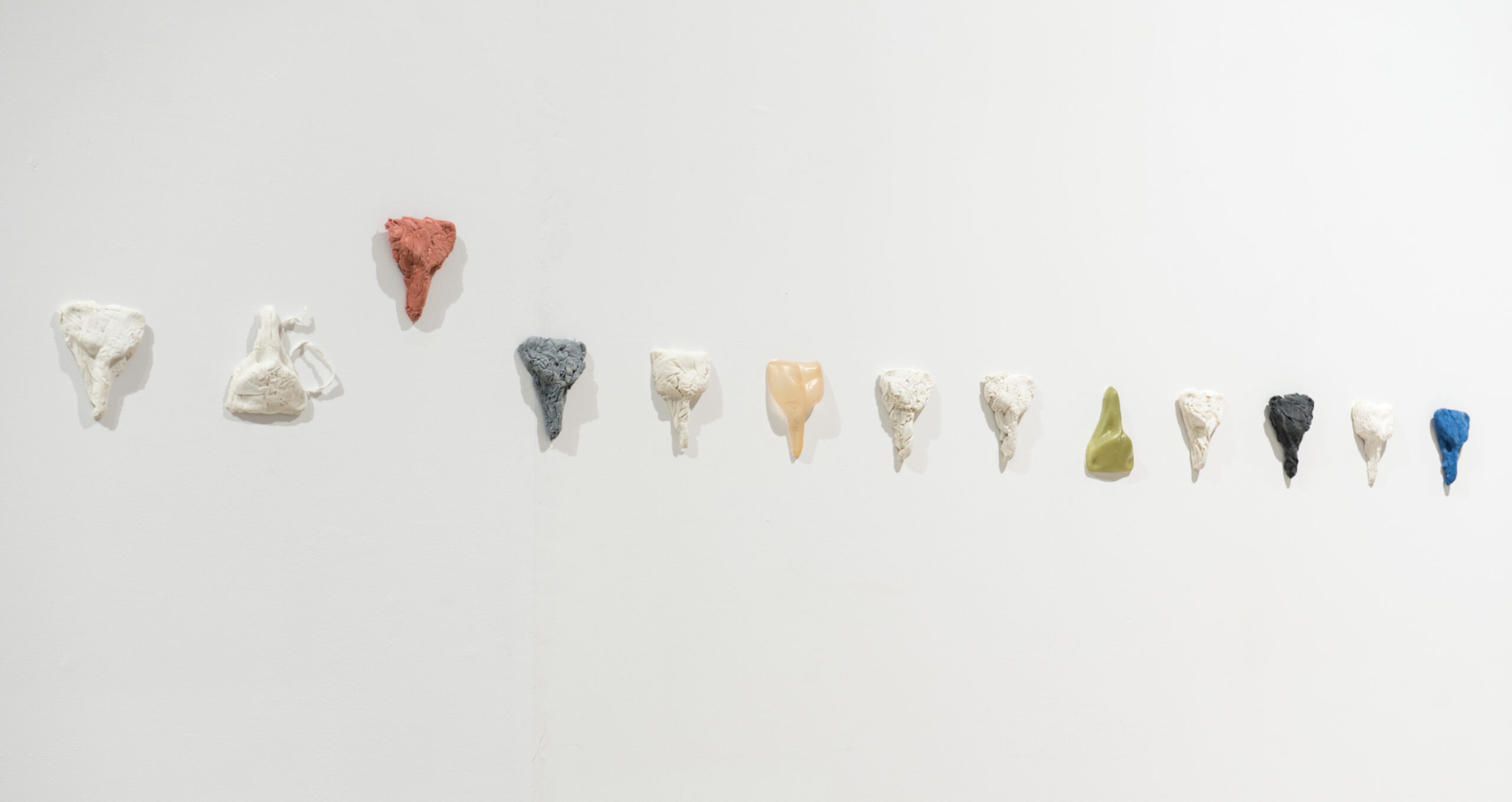

The exhibition evokes the formula of a museum, or even three of its types. On the one hand, it refers to the seemingly safe museums of natural history, where stuffed animals are natural specimens used to gain knowledge. On the other hand, the artist refers to martyrdom museums and memorial sites. Ida Karkoszka bills for mindless evil and writes its story by exposing elements used to stuff animals, such as artificial eyes or plastic heads pushed in place of skulls. The third museum is the art museum. Ida Karkoszka uses her art for activist purposes, but she is above all an artist and speaks in the language of sculpture. The works at the exhibition evoke memories of modern art and take over their meaning to tell their own story.
Paweł Brylski
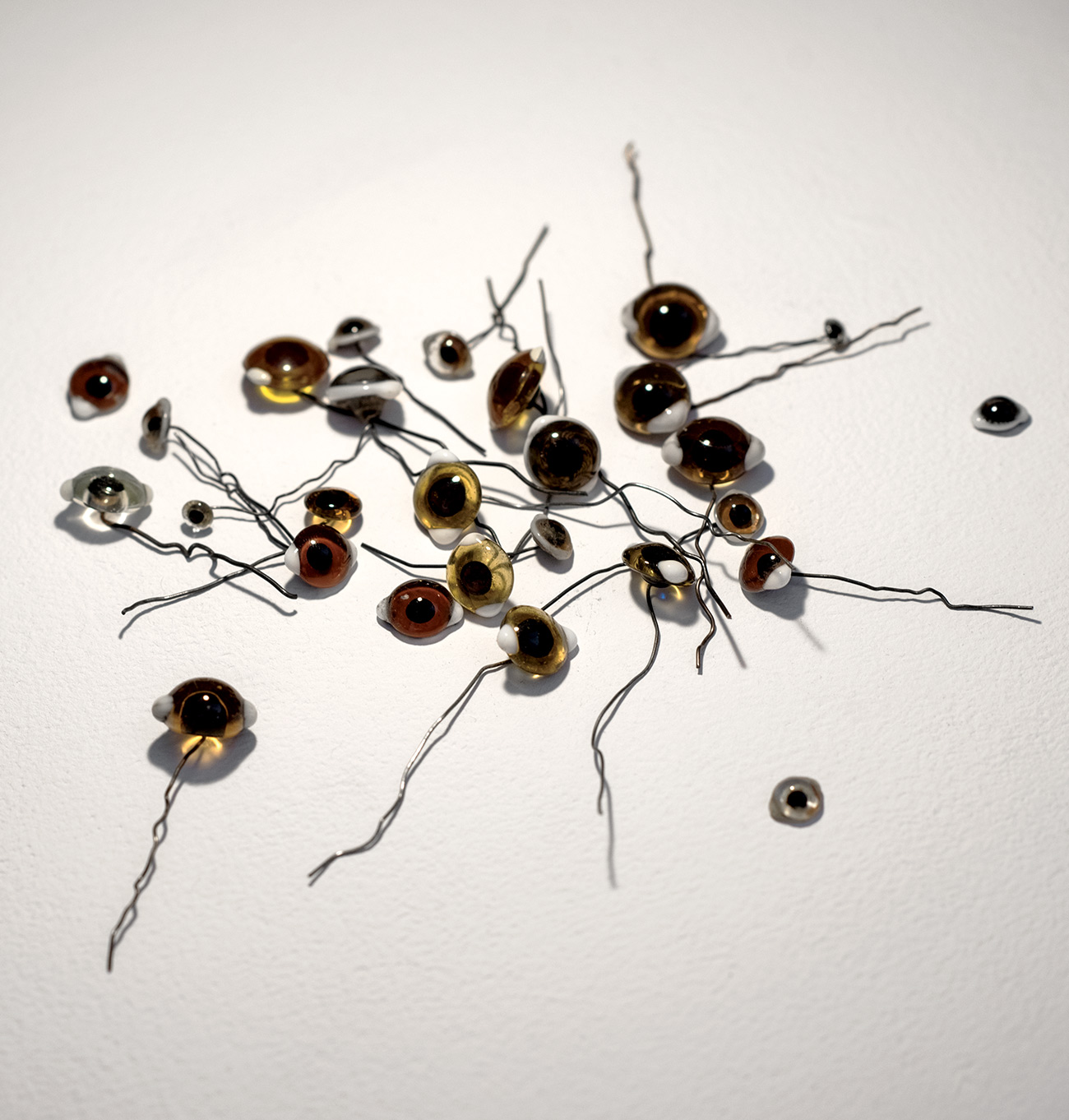
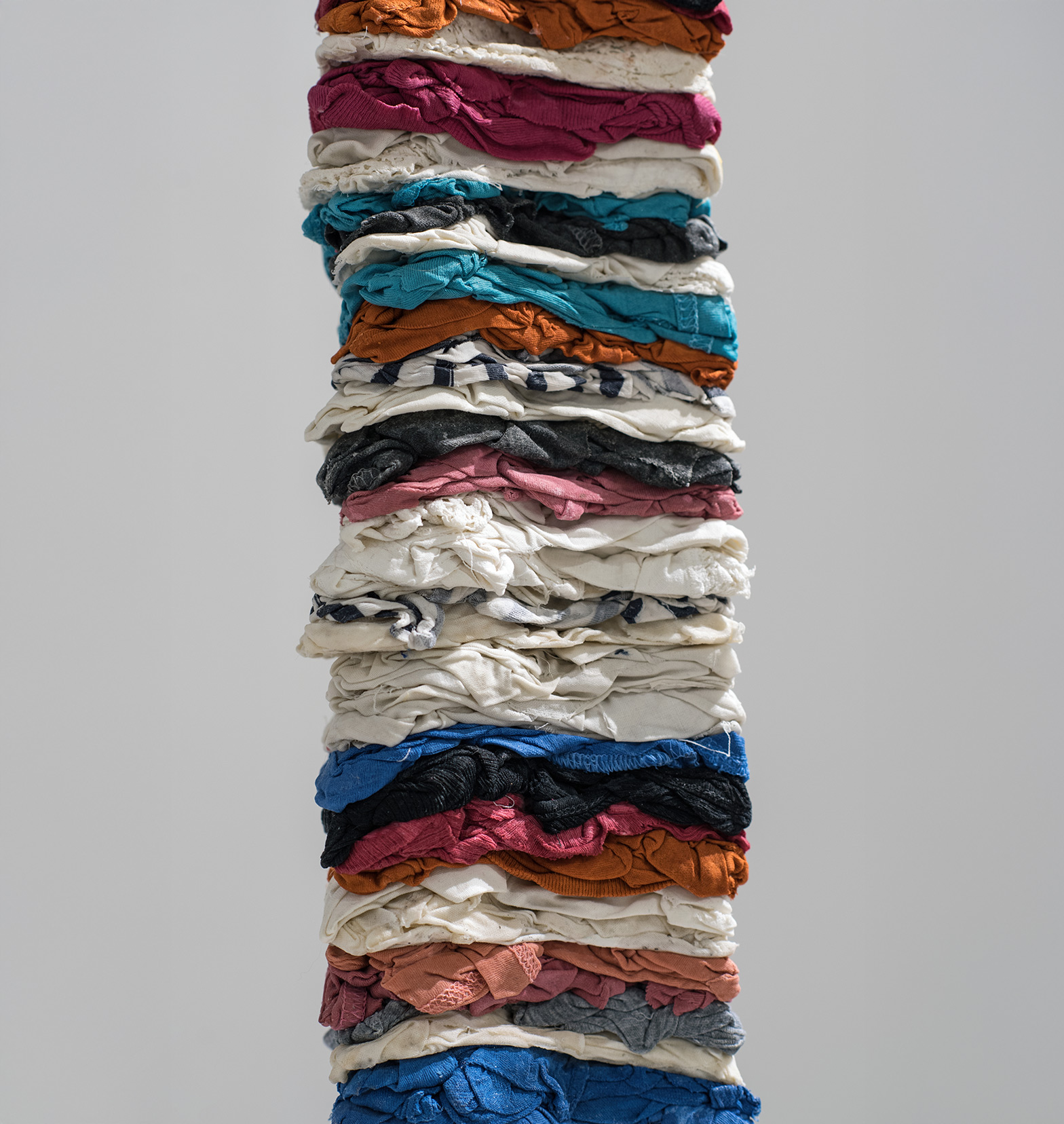
SCULPTURE 
Shade
(2020)
220 x 230 x 210 cm
Mixed media, jute bank bags, natural furse
